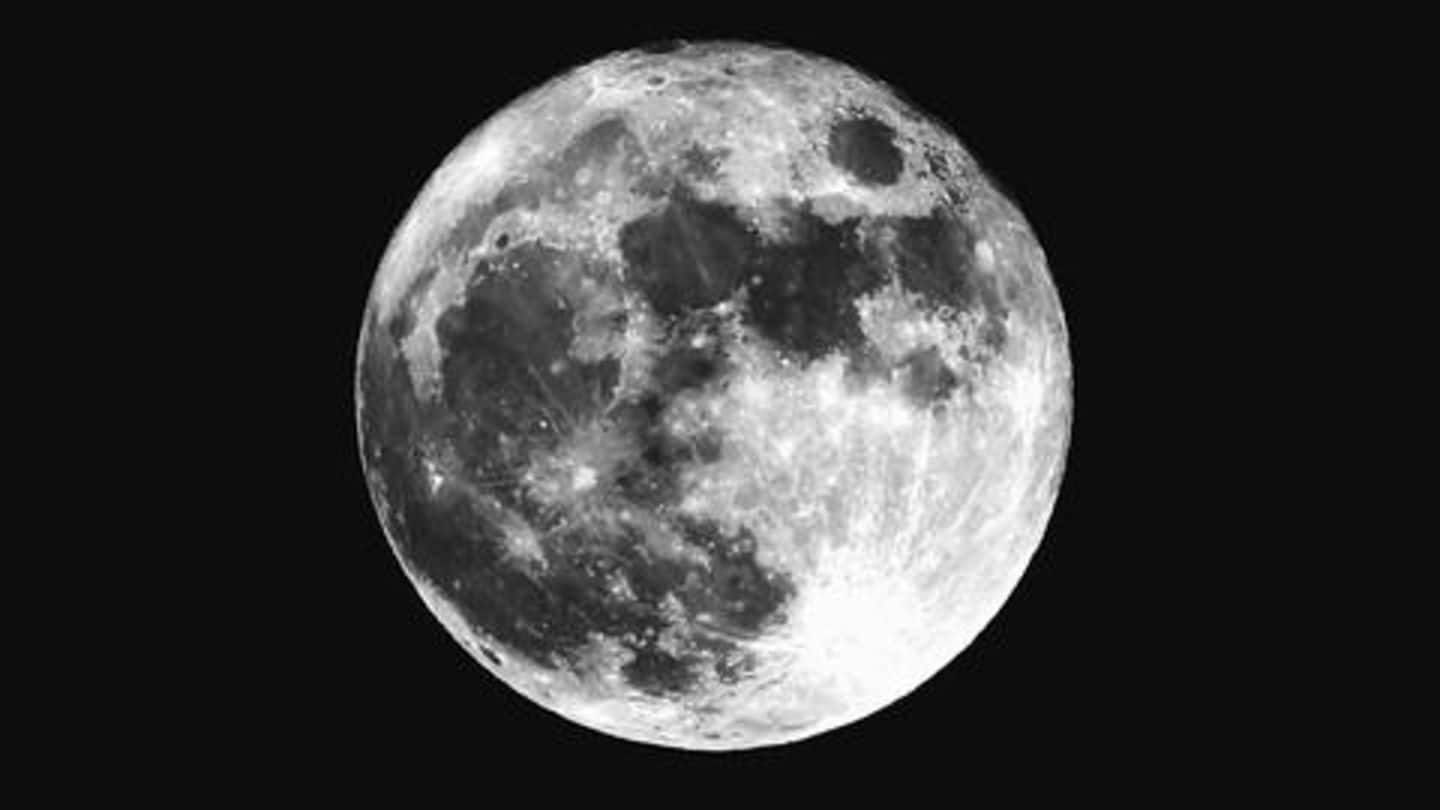
Chandrayaan-2 captures Moon's surface in 3D: Details here
What's the story
Despite the failure of Vikram Lander, the Orbiter of Chandrayaan-2, India's second Moon mission, is doing its job to perfection. The craft is circling the Moon and conducting detailed observations; and sometimes, it also takes a close look at the lunar surface. In the latest such effort, the probe has captured the Moon's surface features in 3D. Let's take a look at them.
Images
ISRO released two 3D shots taken by Chandrayaan-2
On November 13, ISRO released a couple of images taken by Chandrayaan-2, some 100km above the lunar surface. One of the shots provide a 3D view of a crater near Lindbergh, a small bowl-shaped impact crater in the western part of Mare Fecunditatis lunar mare. Meanwhile, the second one presented the 3D view of a wrinkle ridge located in Mare Fecunditatis.
Instrument
Both shots taken by Terrain Mapping Camera-2
Both of the images, as ISRO described, were taken by the Terrain Mapping Camera-2 (TMC-2) aboard Chandrayaan-2 orbiter. This instrument is the successor to Chandrayaan-1's TMC and has been designed to take images at 5m spatial resolution & stereo triplets (fore, nadir and aft views) from a 100 km orbit for preparing a Digital Elevation Models (DEMs) of the complete lunar surface.
Advantage
TMC's data gives insight into surface features
The data captured by TMC-2 and the Digital Elevation Models developed from it allow scientists to map the form, structure, and other details of different features on the lunar surface. This includes craters and wrinkle ridges, like the ones seen in these two images, as well as Lava tubes, which are seen as potential sites for future habitability, Rilles, Graben structures, and lunar domes/cones.
Chandrayaan-3
Separately, ISRO also said to be working on Chandrayaan-3
Chandrayaan-2 Orbiter will send more images as it continues on its seven-year-long mission. Meanwhile, going by reports, it will get a partner pretty soon as ISRO might be gearing to launch Chandrayaan-3. A recent TOI report indicated that the agency is planning a lander-rover mission with a targeted deadline of November 2020, but the details are not official yet.